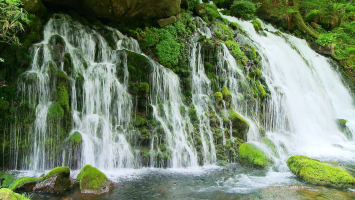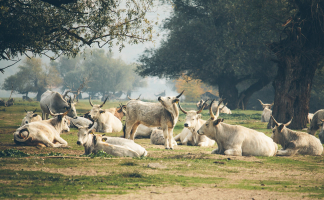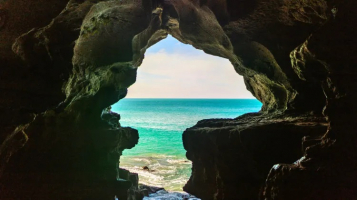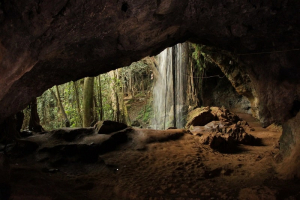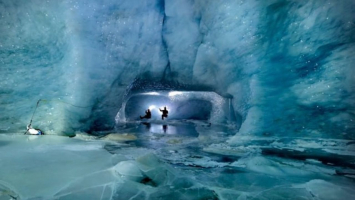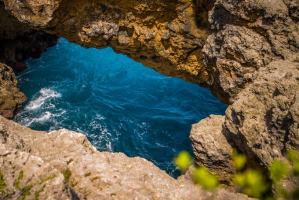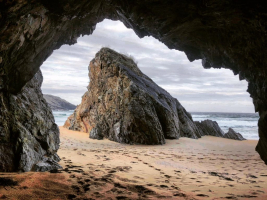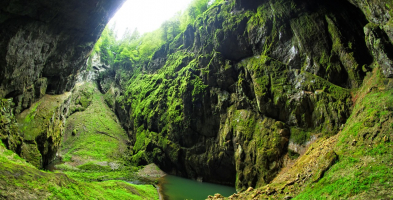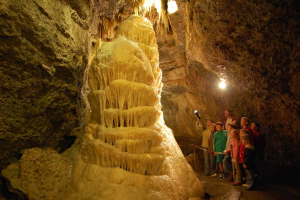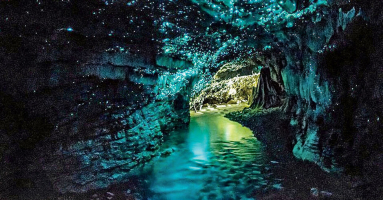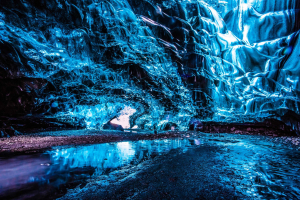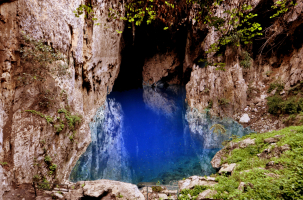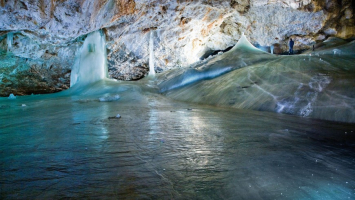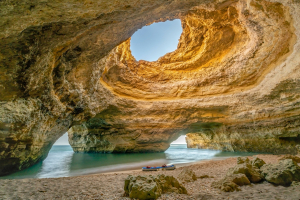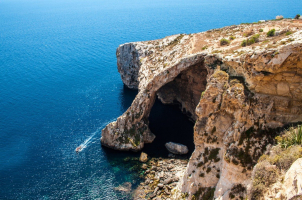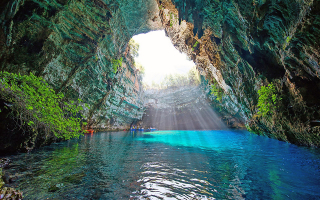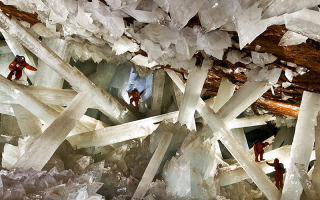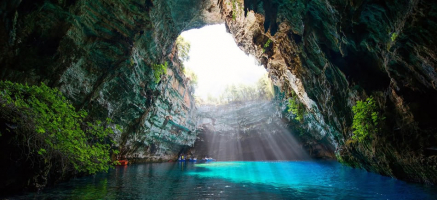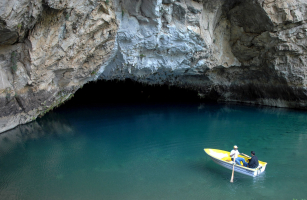Top 7 Most Beautiful Caves In Serbia
Serbia is a very stunning country. Toplist could tell you that some of the country's most beautiful sights are hidden behind its mountains, valleys, and ... read more...rivers, but what if Toplist told you that some of the country's most incredible sights are hidden underground? Caving isn't for everyone, but the Serbian channels provide something for everyone. And in this article, the most beautiful caves in Serbia have been compiled by Toplist and sent to readers, to know more about the scenic spots in this country.
-
The Smoke Cave, also known as Kaenica, is a cave-church in Dljin near Cacak, Serbia, on the right bank of the Zapadna Morava, one kilometer upstream from Ovcar Banja. This is one of the most beautiful caves in Serbia.
People sought sanctuary in the cave during the uprising of Hadzi Prodan in 1814. This isn't a cave in the usual tourist sense, but the underground chapel near Cacak is one of the country's most moving attractions. Another Ottoman slaughter occurred here in the 19th century, when raiding Turks burned out those who sought safety in the cave. When the Turks located their hiding location, they lit it on fire with straw and wood, drowning everyone inside. This event also gave the cave its name.
The bones were recovered in 1936, cremated completely, and buried in two stone sarcophaguses. They were set beneath a representation of Jesus' Crucifixion in the cave's church altar apse.Length: unknown
Address: E761, Serbia
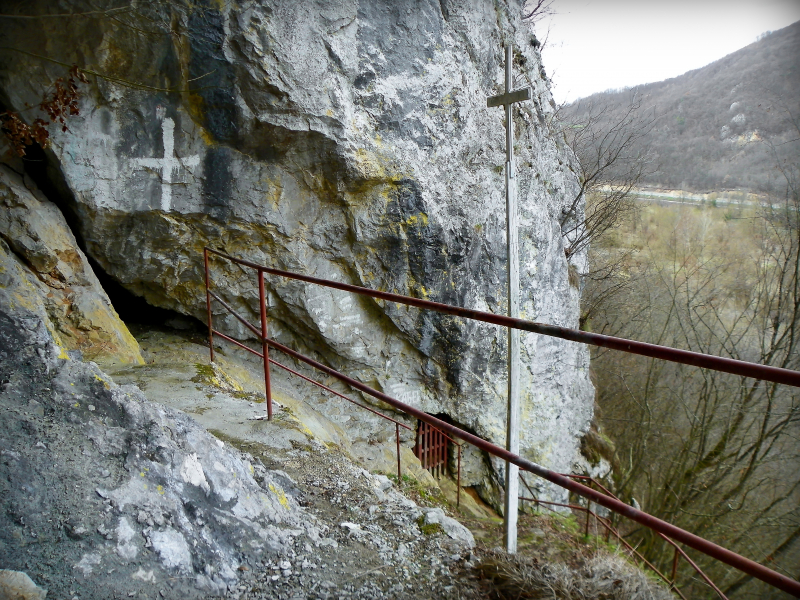
https://commons.wikimedia.org/ 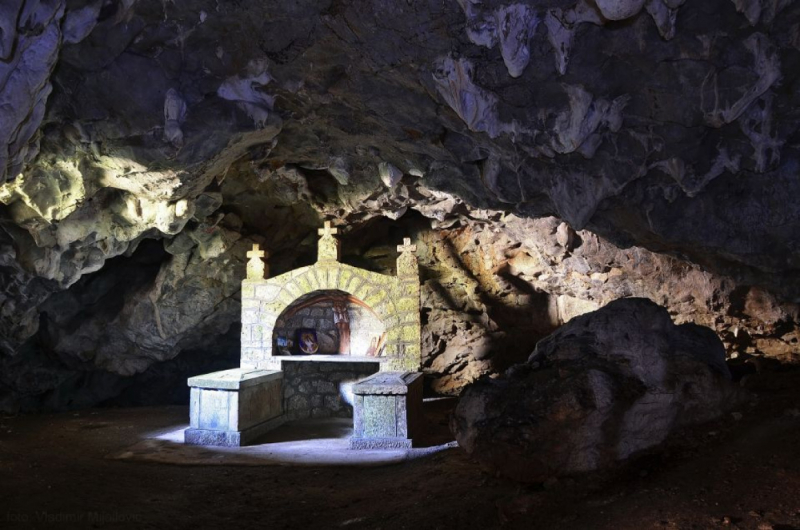
https://www.serbia.travel/ -
Resava Cave, also known as Resavska Cave, is a cave in eastern Serbia located near Jelovac, about 20 kilometers (12 miles) from Despotovac. It is one of Serbia's largest cave systems, with passages stretching over 4.5 kilometers (2.8 miles).
The cave can be found in the Upper Resava area. The cave is thought to be 80 million years old, with the earliest speleothems dating back 45 million years. It features four halls, each with two levels, with speleothems in red, yellow, and white. The cave's entrance is 485 meters (1,591 feet) high, and the cave's lowest point is 405 meters (1,329 feet).
The cave was carved out of the limestone substrate by a sinking river. At the entrance, there are cave formations. They are made up of calcium carbonate that has been dissolved. The color of the water is determined by the material it passes through: red from iron oxide, white from crystalline calcium, and yellow from remnants of clay. A gigantic stalagmite, 20 m (66 ft) tall and 12 m (39 ft) wide, is the cave's icon. It was given the moniker Statue of a Mother with a Child after its debut. There are eight halls in the cave.
Length: 4,500 m
Address: Cerska3, Despotovac 35213, Serbia
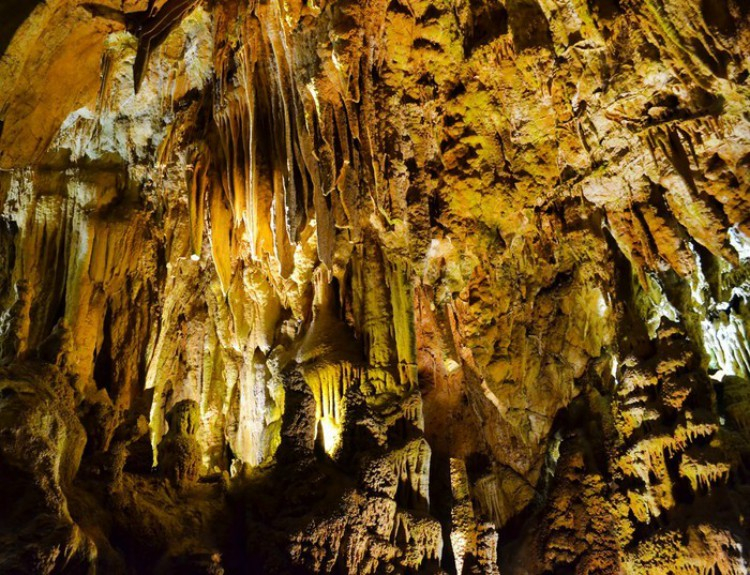
https://serbianadventures.com/ 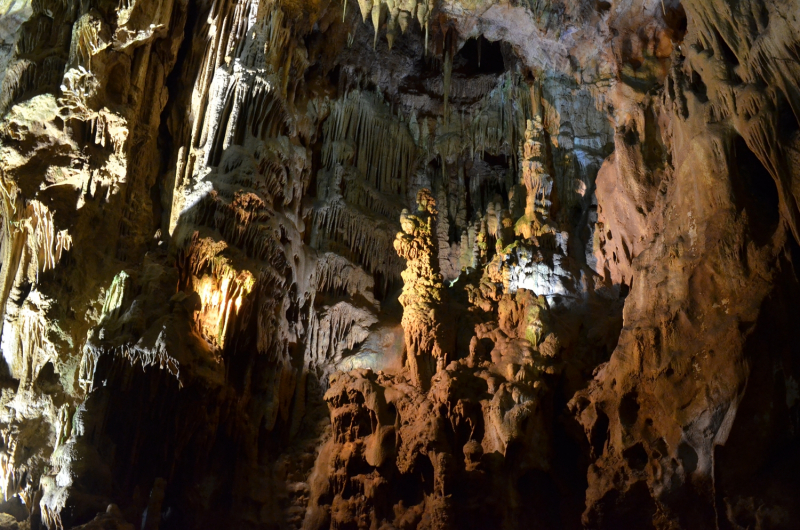
https://secretsedition.com/ -
Cerje Cave, also known as Cerjanka Cave, is located in southeast Serbia. It is Serbia's second longest cave, after the 9,818 m (32,211 ft) long Lazar's Cave, with a length of 7,149 m (23,455 ft). It ranks as one of the most beatiful caves in Serbia.
The entrance of Ceje Cave in Ni may appear little, but it marks the start of the country's longest cave. Although plans have been in place to modify the cave's status since 2013, it is currently too vulnerable to welcome tourists. It is most renowned for the so-called Cave roses, which are unique to the Balkans and cannot be found anywhere else.
The unassuming entrance to Cerje cave is tucked away near the site where the Provalijska river falls into the earth, 515 meters above sea level, near Kamenica hill, 14 kilometers from Nis. The cave is hydrologically active, and scientists believe it dates back over 2 million years. The cave's far end has yet to be discovered. Cerje is surrounded on all sides by cave formations. It's a magical underground world of mystery corridors and large halls ranging in height from 15 to 40 meters, with hundreds of hydrologically created stalactites, stalagmites, cave corals, and crystal flowers in a wide range of sizes, forms, and colors.
Helictites, which can be discovered here, are a unique type of cave jewelry that extends in all directions like electrified hair, defying all rules of physics and gravity. Cerjanska Cave was designated as a first-class natural treasure by the Institute for the Protection of Natural Monuments in 1998. However, due to a lack of money, it is still closed to tourists - a situation that will hopefully change if it is not subjected to the destructive thralls of mass tourism.
Length: 7,149 m
Address: Cerje, Serbia
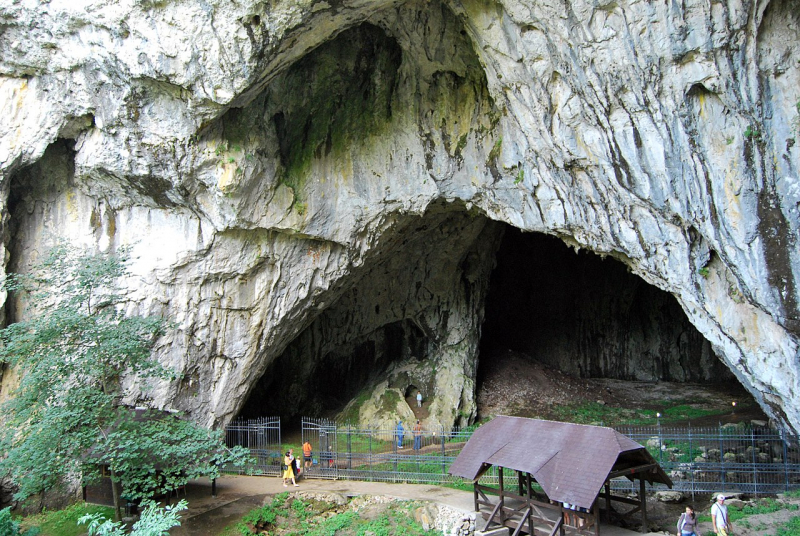
https://www.wikiwand.com/ 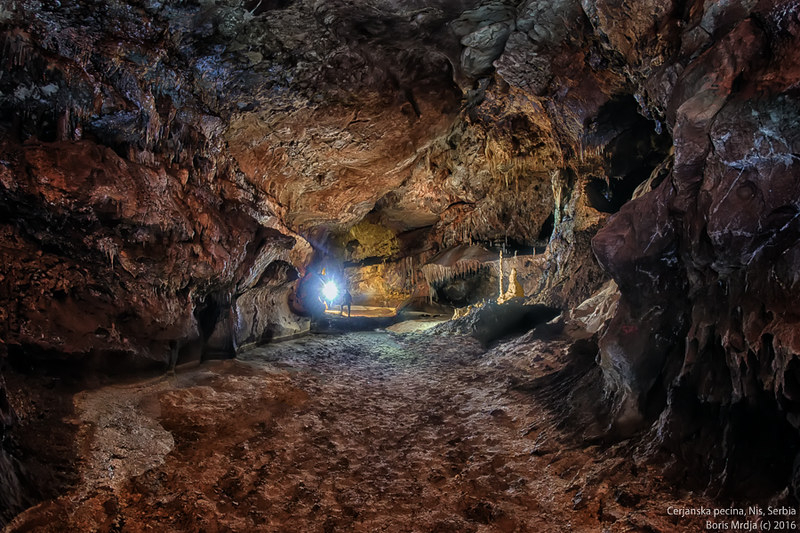
https://www.flickr.com/ -
Rajko is a cave in eastern Serbia near the Majdanpek copper and gold mines. This is one of the most beautiful caves in Serbia. Within the Djerdap Geopark, Rajkova cave is located 2 kilometers from Majdanpek's center. Since 1975, tourist visits have been scheduled. There are two perspectives to choose from: river and dry, each with its own Spring and Abyssal section. More than 3.6 kilometers of canals have been excavated, with cave jewelry made of flawless crystal white calcite.
Rajko's Cave was named after a guy named Rajko who maintained a shop during the day and robbed Turkish robbers at night in the nineteenth century. Rajko concealed the treasure in this cave, a trove of riches that was found in 1894 by Jovan Cviji. This two-level cave is one of the most fascinating in the country, but don't expect to unearth a wealth of treasures.
Rajko's cave is classified as a river cave. It is bisected by the same-named river. Cave halls, baths, draperies, and other cave decorations made of pure white crystal calcite may be seen throughout the cave.
The cave is nicely illuminated and settled. Tourists can appreciate the beauty of crystals and white decorations in the Crystal Hall, Concert and Hedgehog Halls, Small and Large Organs, Altars, Ghosts, and Waterfall Hall, as well as the hall that brings visitors smiles: Winter Fairy Tale, Girls' Breasts...Length: over 3,600 m
Address: Kapetanska, Majdanpek 19250, Serbia
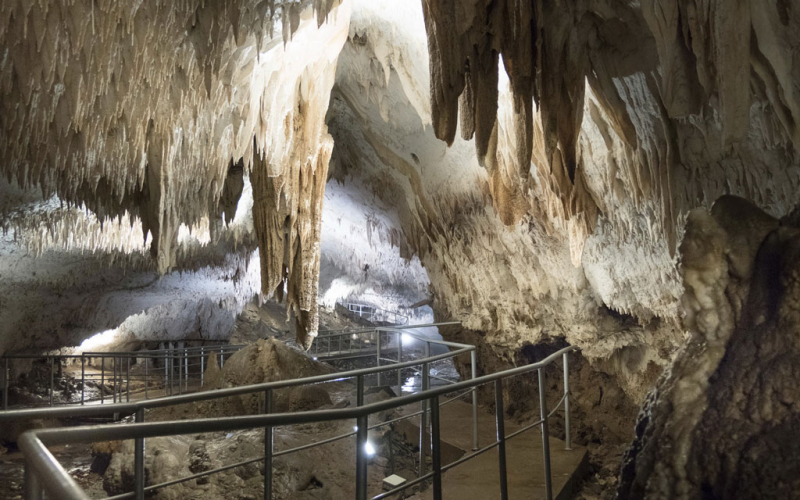
https://www.visiteastserbia.rs/ 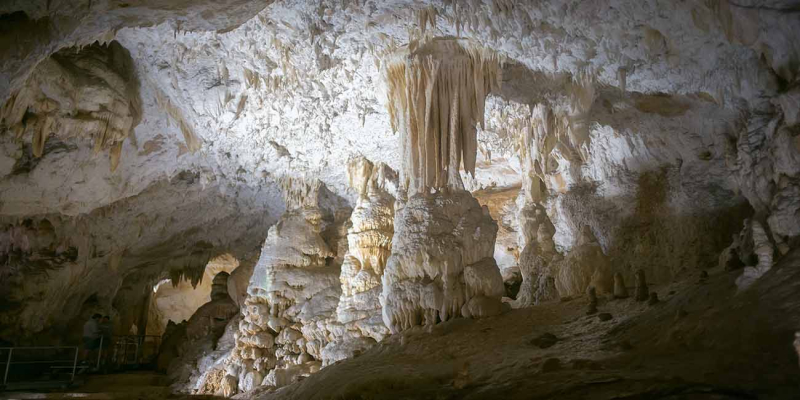
http://avanturista.co/ -
Ceremošnja, a small cave named for the nearby settlement, is located in the east of Serbia. Although this cave is one of the smallest in Serbia, its small size has only added to its attractiveness and made it one of the most active. The remains of a cave bear have also been discovered at Ceremošnja, albeit it is probably not a good idea to think about a bear while deep underground. It was Serbia's second cave to open as a show cave.
The visitor descends from the Motel into the Strugarski Potok canyon, following the underground flow of the river to the cave's largest chamber, The Arena, which is also the most magnificent chamber in Serbia. A stalagmite called Na Vennoj Strazi (the Perpetual Guad) stands 75 meters high in the chamber, showing two individuals, a medieval knight and a World War 1 Serbian soldier, symbolizing the fate and continuation of the fight for freedom.
Visitors travel from the Arena Chamber to the spectacular Dveri Chamber to the Ponorska Dvorana, the Strugarski River's underground siphon. A high-level corridor leads back into Arena Chamber and then to the Andezitska Hall, which has a beautiful ceiling. From here, one returns to Arena Chamber before entering Juzni Kanal, or the Southern Channel, which is newer and less well decorated. A new exit has been built here, some 100 meters from the cave entrance, allowing travelers to complete a round trip. An Ethnographical Park, a Botanical Garden, and a Gift Shop are among the other attractions.
Length: unknown
Location: Ceremošnja,Serbia
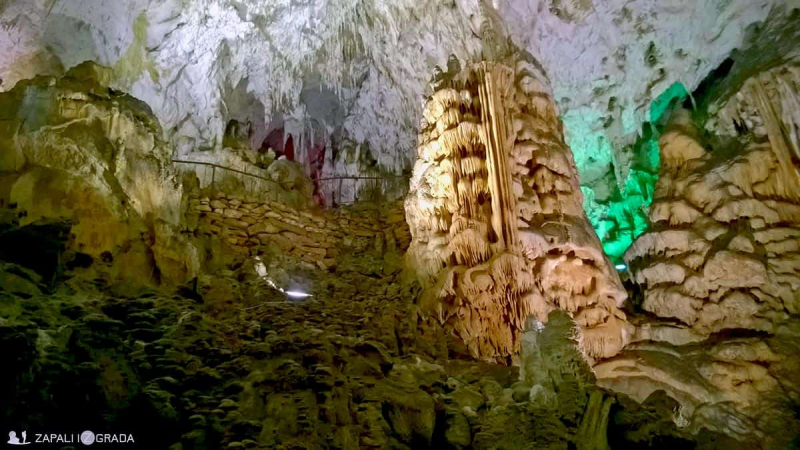
https://zapaliizgrada.rs/ 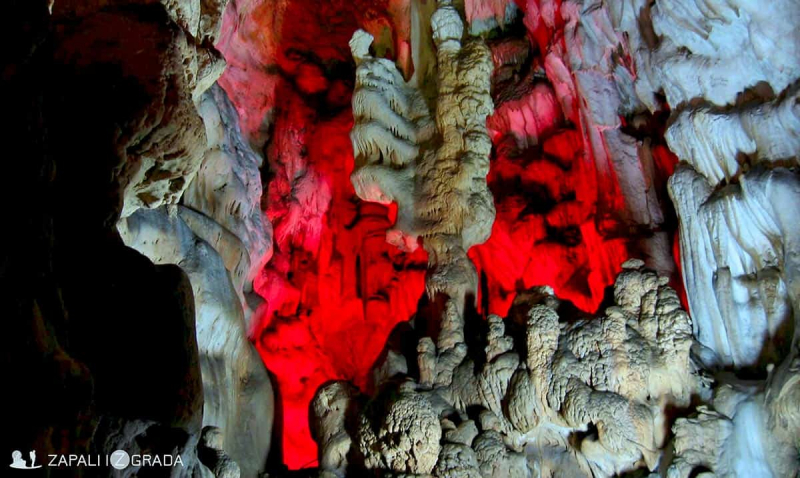
https://zapaliizgrada.rs/ -
The Petnica cave is a natural landmark in the city of Valjevo, located 300 meters from the Petnica research station. This is also one of the most beautiful caves in Serbia. Josif Pancic and Jovan Cvijic carried out research on this site in the nineteenth century. The cave has been popular with tourists since at least the 19th century, when it was one of Serbia's top three caving sites, alongside Prekonoska and Lazareva Pecina.
Remains and the oldest signs of life in western Serbia were discovered after archaeological and anthropological investigation within the cave and in its environs. It was verified in 1969 that the sites lying in front of the Petnicka Cave's entrance were the first full Neolithic habitats on Yugoslavian soil. The age is thought to be around 6,000 years. Visitors at the Petnica research station frequently return to this location. The cave has yet to be thoroughly investigated in certain areas.
Length: unknown
Address: Valjevo, Serbia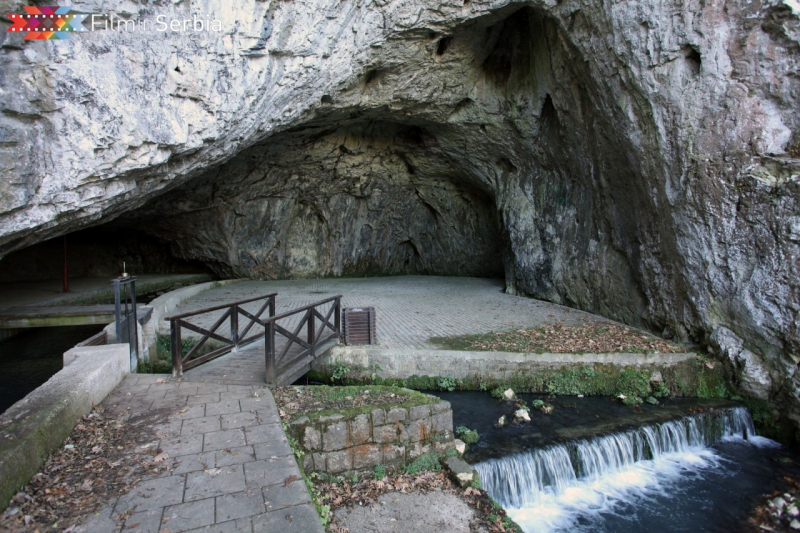
https://www.filminserbia.com/ 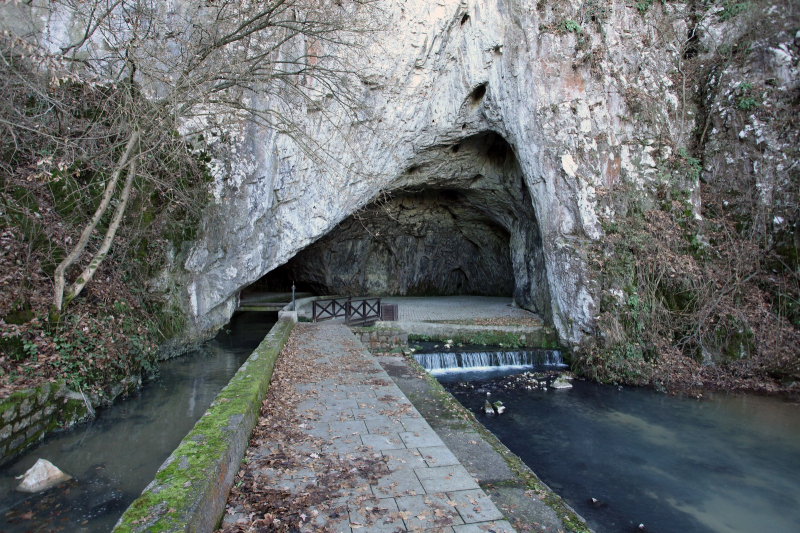
https://www.filminserbia.com/ -
Stopica is undoubtedly one of Serbia's most popular caverns, and it ups the ante by having a river (of sorts) running through it. Cave is a limestone cave near Sirogojno, Serbia, on the slopes of Mount Zlatibor. It has been designated as a natural monument by the state. This makes it a little more difficult to explore on foot, but each year brings more growth and advancement for visitors to this area near Zlatibor. The cave is full of strange natural phenomena, making it a must-see for anybody curious about what lies beneath the surface.
The cave is very accessible. The cave entrance is 18 meters (59 feet) tall and 35 meters (115 feet) broad. It is 1,691 meters long in total (5,548 ft). It is a river cave since the Trnavski Potok stream runs through it. It was named after the anstvo village's nearby Stopici hamlet.
It includes the "Spring of Life" waterfall, speleothems, and peculiar tufa "bathtubs," cave formations that fill with water over time and eventually overflow, generating a cascade flow. A whirlpool can be found in the River Canal section of the cave. The tufa slide forms beneath it, spreading into the tufa cascades. The "bathtubs" and giant "pots" are placed between the cascades. The falling water produces the fully fledged "Spring of Life" waterfall during the increased influx of water.
Length: 1,691 m
Address: 230, Zlatibor, Serbia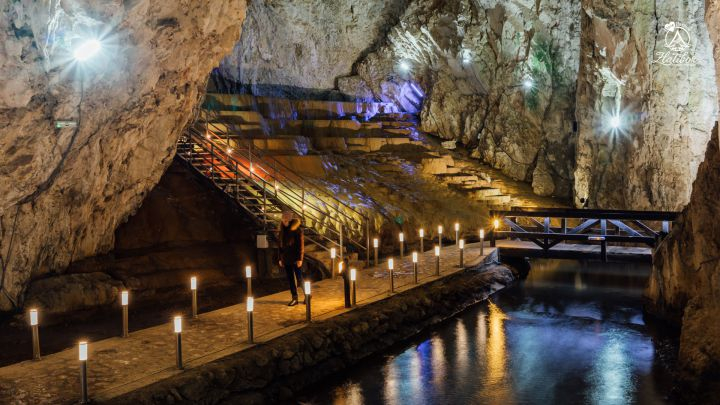
https://www.zlatibor.org.rs/ 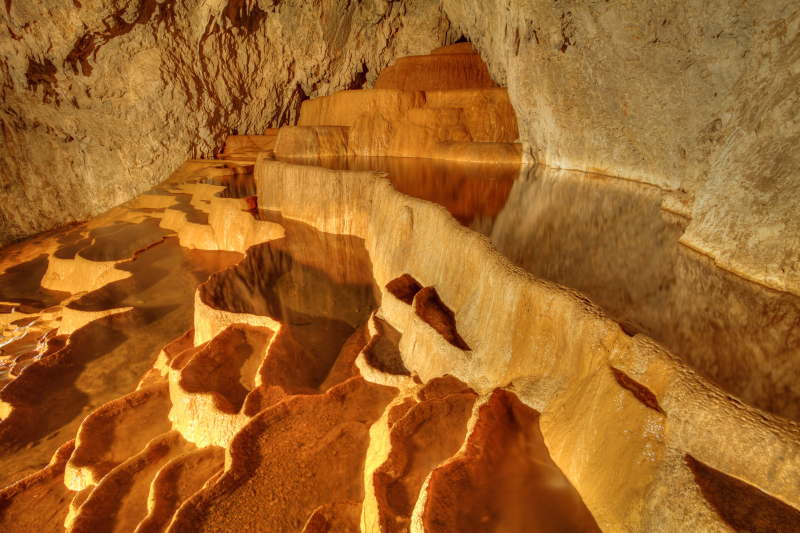
https://en.wikipedia.org/









